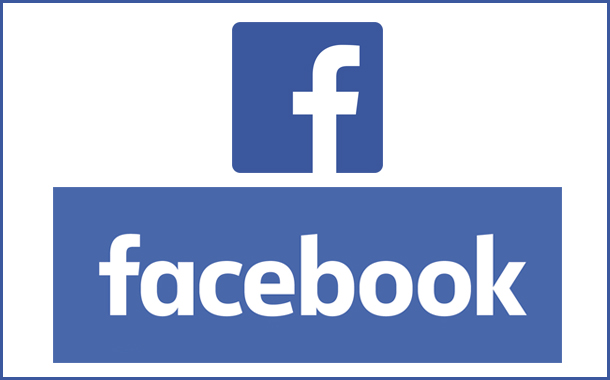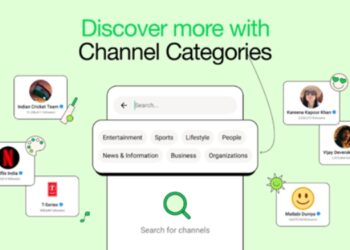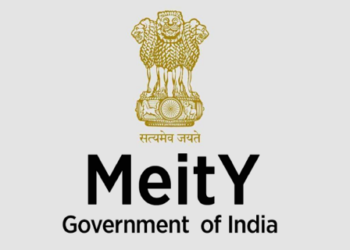According to Facebook CFO, David Wehner, Q4 total ad revenue was up 48% at US$12.8 billion, while mobile ad revenue was up 57% by US$11.4 billion.
Average price per ad increased 43% and the number of ad impressions served increased 4%, driven primarily by feed ads on Facebook and Instagram, Wehner said. Total revenue for the full year of 2017 grew 47% to over US$40 billion, generating over US$17 billion of free cash flow. Meanwhile, total expenses in Q4 were at US$5.6 billion, up 32%, primary driven by headcount expenses.
In Q4, Facebook added approximately 1,900 people and ended the year with over 25,000 employees, up 47% compared to last year. It also made significant investments in R&D and security in 2017. Full-year 2018 total expenses are expected to grow approximately 45% to 60% compared to full-year 2017.
On the research and development side, Facebook added more people in 2017 than it did two years before combined, and has worked to accelerate its efforts in bolstering security. By the end of the year, it had around 14,000 employees and contractors working across community operations, online operations, and integrity efforts. It also continued to invest aggressively in key areas such as content and long-term innovation efforts.
User engagement drops

Following recent tweaks to Facebook’s News Feed, which saw the social network prioritising content from friends and family and less from publishers, Facebook CEO Mark Zuckerberg said that time spent on Facebook and certain measures of engagement was expected to go down as a result. He said:
We estimate these updates decreased time spent on Facebook by roughly 5% in the fourth quarter.
The changes made reduced time spent on Facebook by an estimated 50 million hours every day to “ensure that people’s time is well spent”. However, the amount of interactions on Facebook is expected to rise as a result of the changes. These especially after changes were made to its video recommendations which encourage the creation of videos which prompt community interactions.
Daily active users (DAU) on Facebook in Q4 reached 1.4 billion, up 14% compared to last year and led by growth in markets such as Indonesia, India and Brazil. Monthly active user count was at 2.13 billion in Q4, up 14% or 269 million, compared to last year’s figures.
Like Zuckerberg explained, certain changes to its product quality had impacted its DAU growth. In countries such as US and Canada, these changes led to a decline of 700,000 compared to Q3.
“We don’t see this as an ongoing trend, but we do anticipate that DAU in this region may fluctuate given the relatively high penetration level. We continue to see healthy growth across the Facebook family of apps including Instagram, WhatsApp and Messenger,” Wehner explained.
















